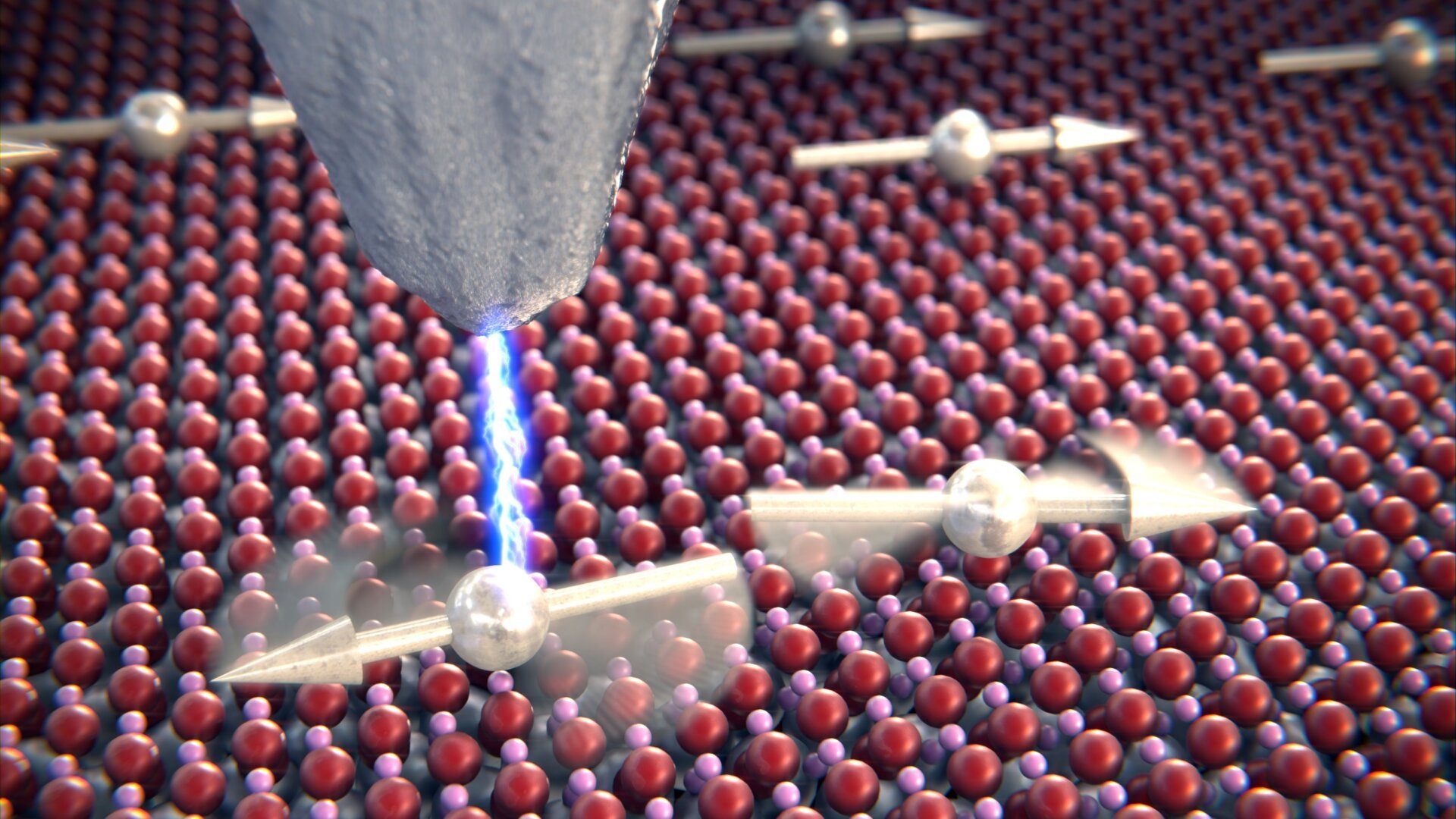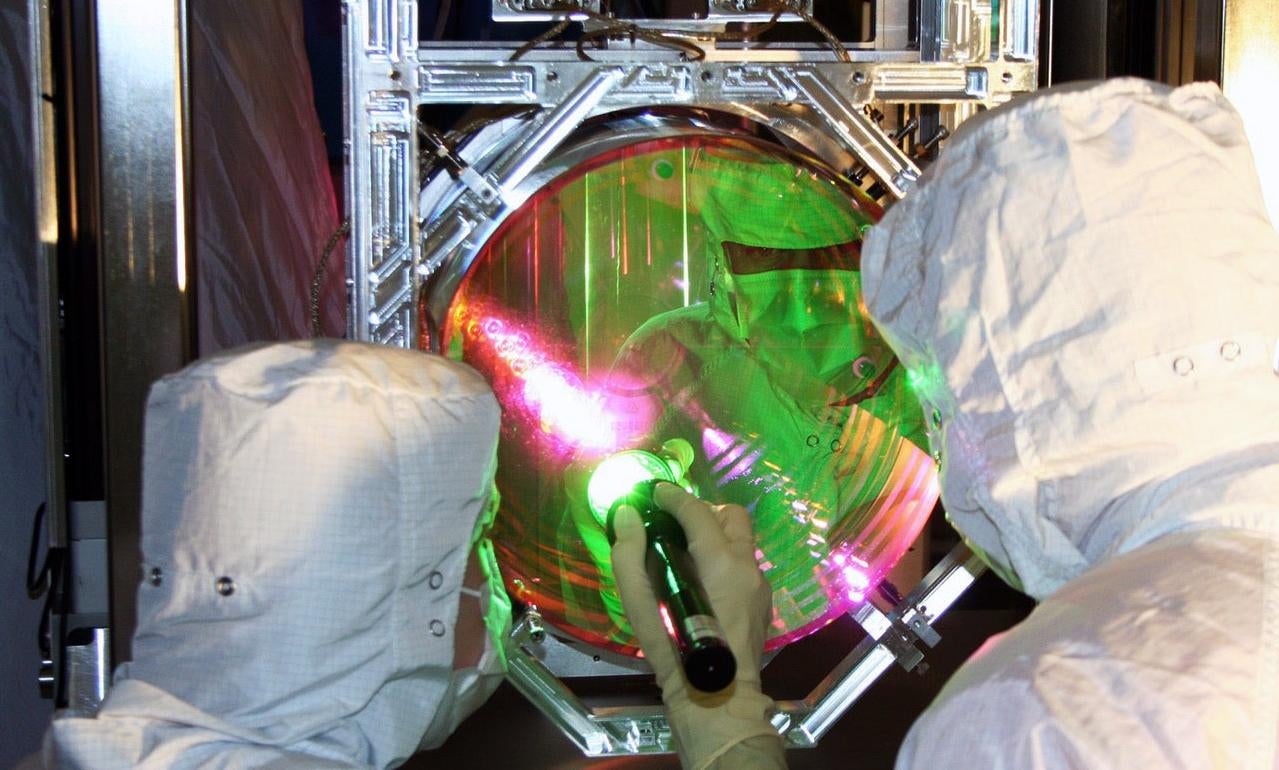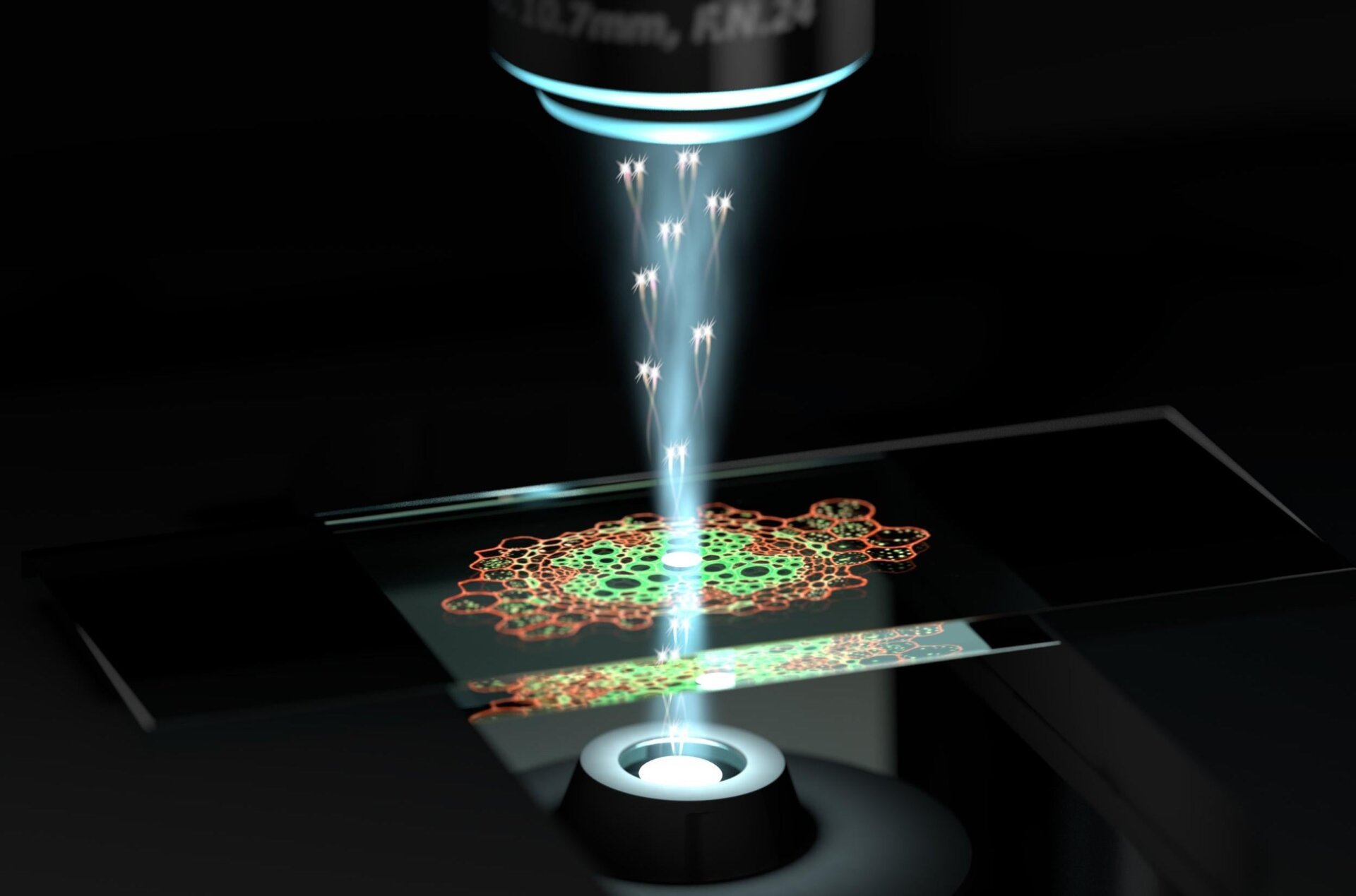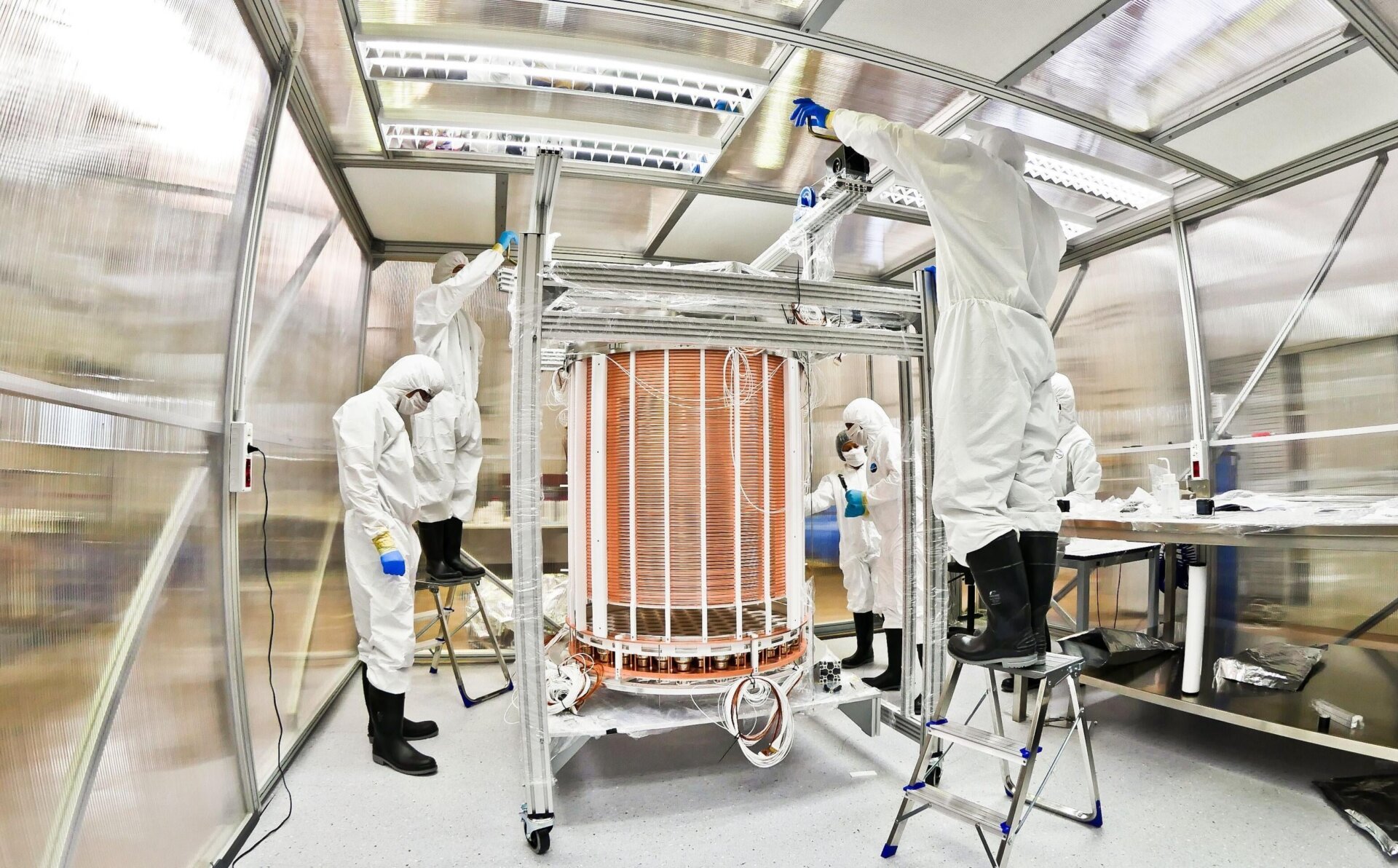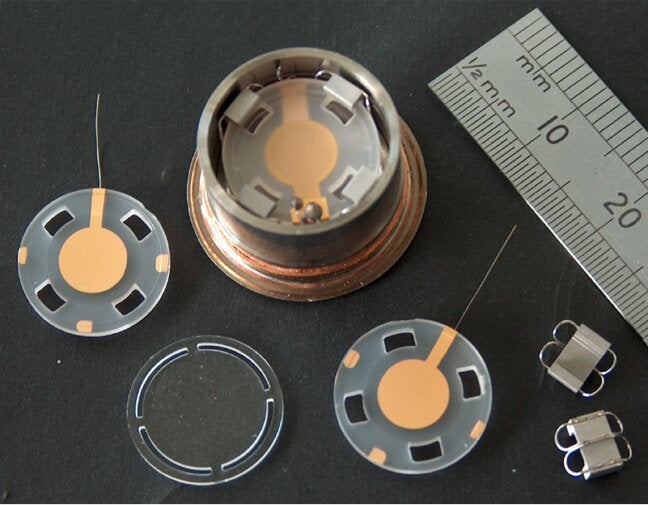Quantum entanglement, the phenomenon where two particles become interdependent regardless of distance, has long intrigued scientists. A recent experiment by physicists in the Netherlands and Germany provides a fascinating glimpse into this quantum realm, observing real-time interactions between entangled titanium atoms.
The researchers placed titanium atoms on a magnesium oxide surface under a scanning tunneling microscope. This setup allowed them to isolate and manipulate individual atoms while maintaining a controlled environment near absolute zero. Focusing on a single pair of atoms, they flipped the spin of one atom using an electric current and observed the immediate reaction of its entangled partner.
This experiment marks a significant advancement. While previous studies measured the strength of atomic spins and their influence on energy levels, this research directly observed the dynamic interplay between entangled atoms over time. Co-author Sander Otte, a quantum physicist at the Delft University of Technology, explained that this provides valuable insights into the temporal evolution of atomic spins due to their mutual interaction.
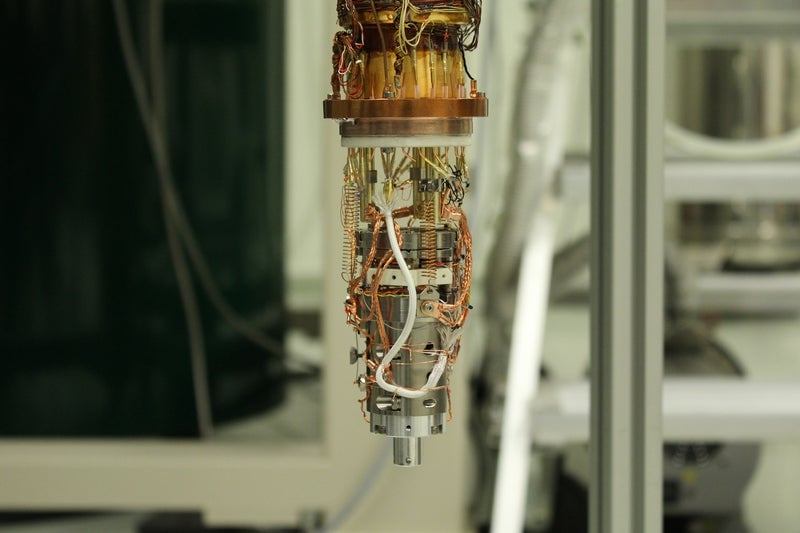 The microscope used in the team's recent experiment.Scanning tunneling microscope used for observing atomic spin interactions. (Image: TU Delft / Unisoku)
The microscope used in the team's recent experiment.Scanning tunneling microscope used for observing atomic spin interactions. (Image: TU Delft / Unisoku)
The choice of titanium was deliberate. Its simple binary spin – either up or down – simplified the experiment. The magnesium oxide surface and near-vacuum conditions at one kelvin (-457.87 Fahrenheit) stabilized the atoms for precise manipulation and observation under the microscope’s tip. The electric pulse method, as opposed to slower techniques like spin resonance, allowed the team to capture the rapid, nanosecond-scale interactions between the entangled atoms.
This controlled manipulation of a quantum system represents a rudimentary “quantum simulator,” according to Ella Lachman, a quantum physicist at UC Berkeley. By precisely positioning atoms, researchers can potentially model various lattice structures and study their dynamic behavior.
 Diagram of atomic spin interaction.Illustration of two entangled titanium atoms interacting. (Image: TU Delft / Unisoku – Hypothetical representation)
Diagram of atomic spin interaction.Illustration of two entangled titanium atoms interacting. (Image: TU Delft / Unisoku – Hypothetical representation)
The true potential of this research lies in scaling up the complexity. While observing two-atom interactions is a significant achievement, adding more atoms introduces intricate dynamics. Otte noted that simulating just 20 interacting spins overwhelms a standard laptop, while 50 spins exceed the capacity of even the most powerful supercomputers.
Understanding these complex interactions is crucial for unraveling the mysteries of materials like superconductors, which exhibit zero electrical resistance at low temperatures. Building materials atom by atom and observing their quantum behavior as the system grows could revolutionize our understanding of such phenomena. The development of a room-temperature superconductor, a long-sought goal in physics, could have transformative implications for technology.
 Conceptual image of quantum entanglement.Artistic representation of quantum entanglement between multiple atoms. (Image: TU Delft / Unisoku – Conceptual visualization)
Conceptual image of quantum entanglement.Artistic representation of quantum entanglement between multiple atoms. (Image: TU Delft / Unisoku – Conceptual visualization)
While the current experiment provides a glimpse into the quantum dialogue between two atoms, the future holds the promise of deciphering the complex conversations within larger atomic ensembles. This will require advancements in computational power and further experimental ingenuity. However, even these initial observations of atomic interactions pave the way for profound discoveries in the quantum realm.
More: When Will Quantum Computers Outperform Regular Computers?



